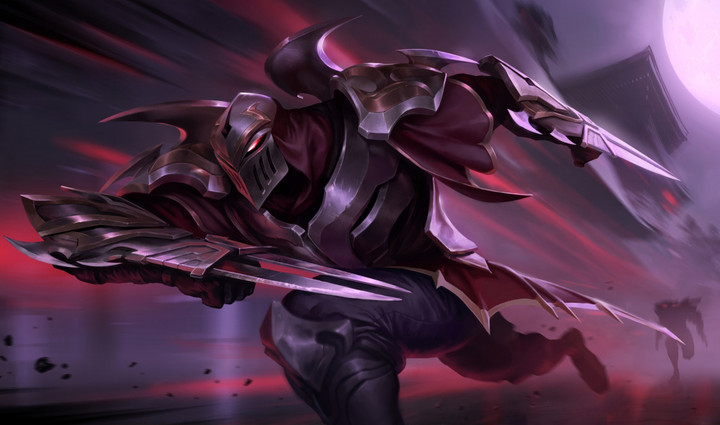Not many expected Valve to follow Blizzard footsteps into the card game arena, and it was certainly unthinkable that a project heralded by Richard Garfield could fall so spectacularly flat on its face.
It may have seemed like the card game market has receded, with attention turning to the autobattlers of the world, but the full release of MTG: Arena coupled with Riot’s entry into the field is guaranteed to shake up the scene. Even with its dwindling overall numbers, Blizzard’s Hearthstone still remains the one to beat, its unprecedented polish and first mover advantage pushing it far beyond the rest of the field. Though its simplicity in design limits its competitive potential, it serves as a great advantage from a viewership standpoint.
In fact, Hearthstone is perhaps the best-suited game on Twitch as a whole when it comes to playing along just by watching the stream. Minion combat is extremely intuitive, and the animations are crisp and perfectly timed, meaning you can easily pick up the basics of the game just by watching your favorite streamer. Its fairly slow pace also allows room for interaction with the audience and detailed explanations for content creators that are inclined to do so – but its pace isn’t so glacial that you get bored of it.
Figuring out what Hearthstone does right can be helped by looking at all what went wrong with Artifact – or what was perceived to be wrong by the wider gaming community.
As it turns out, one of the major issues with Valve’s card game was that it was almost impossible to figure out without a massive time commitment. That is already a big ask in today’s crowded market, and the upfront payment cost (alongside a widely misunderstood monetization model) has not helped matters either. When your invite-only pre-release tournament stream only serves to build confusion, rather than excitement, you’ve got a big problem on your hands.
You could also do a treatise – and many have – on the complexity of Artifact, and whether it was in fact too complicated for its own good. On a fundamental level, this ties into the problem we’ve discussed above: you often had no idea whether you’re doing well either on a micro or a macro level, making it a very taxing and arduous prospect to stick with the game and figure out its intricacies. Valve’s typically slow response rate and almost no post-release communication was essentially the death knell of the title.
For what it’s worth, Riot Games has always been excellent at polishing other people’s ideas. With so many huge projects slated to be rolled out by a company which was only known for League of Legends for such a long time, it’s a sign of confidence that’s pretty much unrivalled in the industry. They’ve already done a better job in the transparency department than Valve ever has, pushing out a streamable beta far and wide. While the game does take a bit more figuring out than Hearthstone has from a newcomer (or a Twitch viewer), it is much easier to identify the impactful moments than it was in the case of Artifact.
Right now, both Teamfight Tactics and Dota Underlords feel a bit like a passing fad as far as viewer and player numbers go. This could be just the right time to revisit the world of collectible card games.

 No ads, our video library,
No ads, our video library,




